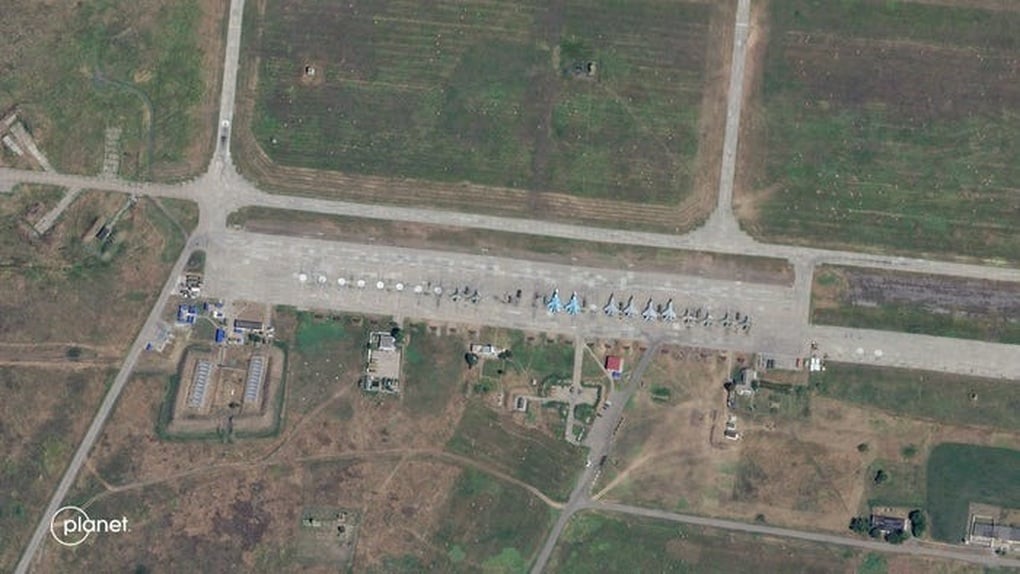
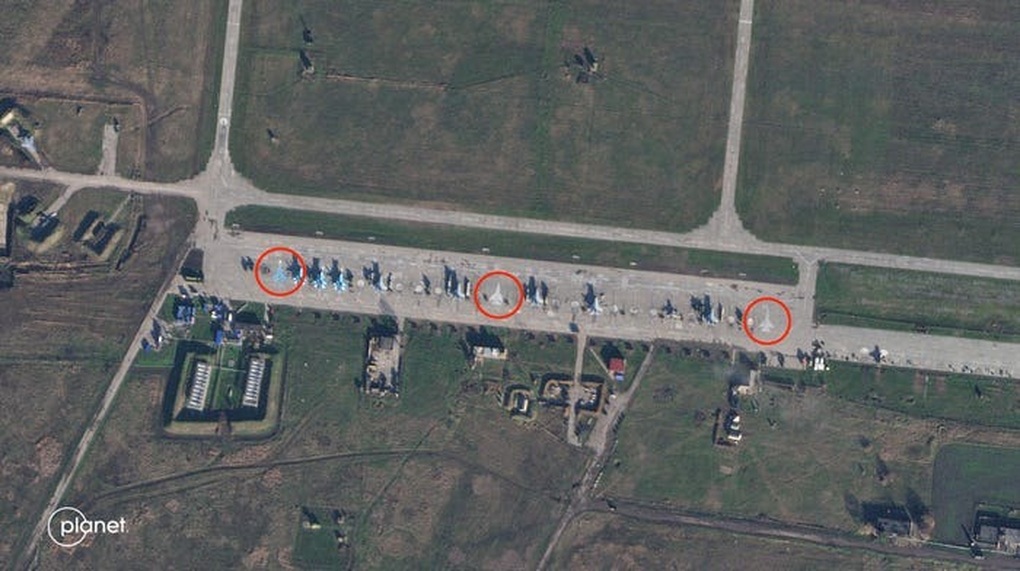
Satellite images of Primorsko-Akhtarsk airport taken on August 17, 2023 and December 28, 2023 (Photo: Planet Labs).
In a satellite image taken by Planet Labs PBC of Russia's Primorsko-Akhtarsk air base on December 28, 2023, several fighter jets are seen parked in rows inside the base.
However, satellite images show that among the aircraft at the Primorsko-Akhtarsk base, there are two fighter jets with a strange white color, unlike the blue and gray of the other planes. A third plane has the same color as a real fighter jet, but also does not have the same shadow as the two white fighters.
Previously, suspicious fighter jets were seen in satellite images taken on August 17, 2023, at the same Russian air base. This suggests that the fighter jets may have been painted on by Russia as decoys.
Primorsko-Akhtarsk air base is not the only place where unusual images of Russian warplanes have been recorded in recent months.
On June 26, a satellite image of the nearby Yeysk air base showed three fighter jets side by side, all painted bright white. Another plane next to it was not even painted.
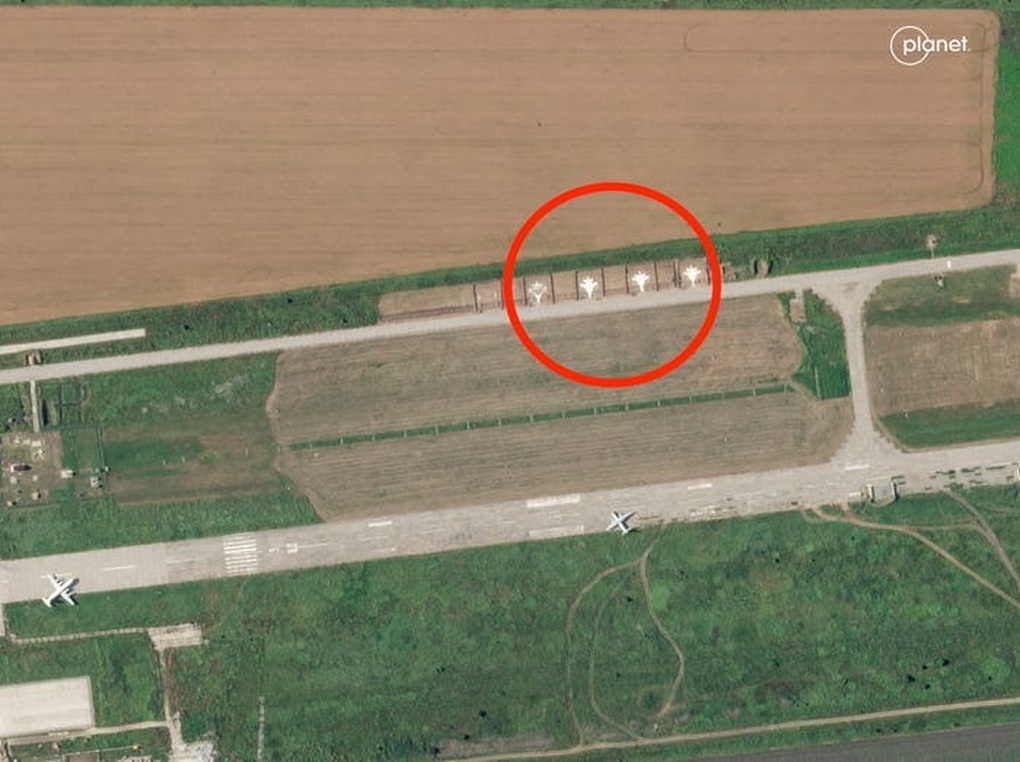
Satellite image of Yeysk base on June 26, 2023 (Photo: Planet Labs).
Ukraine has carried out repeated attacks on Russian military bases in recent months, including in Russian-controlled areas of Ukraine and areas within Russian territory.
Decoys are not a new tactic in the conflict in Ukraine. Analysts say that by painting mock-ups of aircraft, Russia may be trying to confuse Ukrainian weapons systems and disrupt information about operations at Moscow bases.
“It is likely that the aim (of Russia) was to create fake targets to fool Ukrainian attack drones, which are equipped with simple cameras to identify aircraft,” said Justin Bronk, an air force expert at the Royal United Services Institute for Defence and Security Studies.
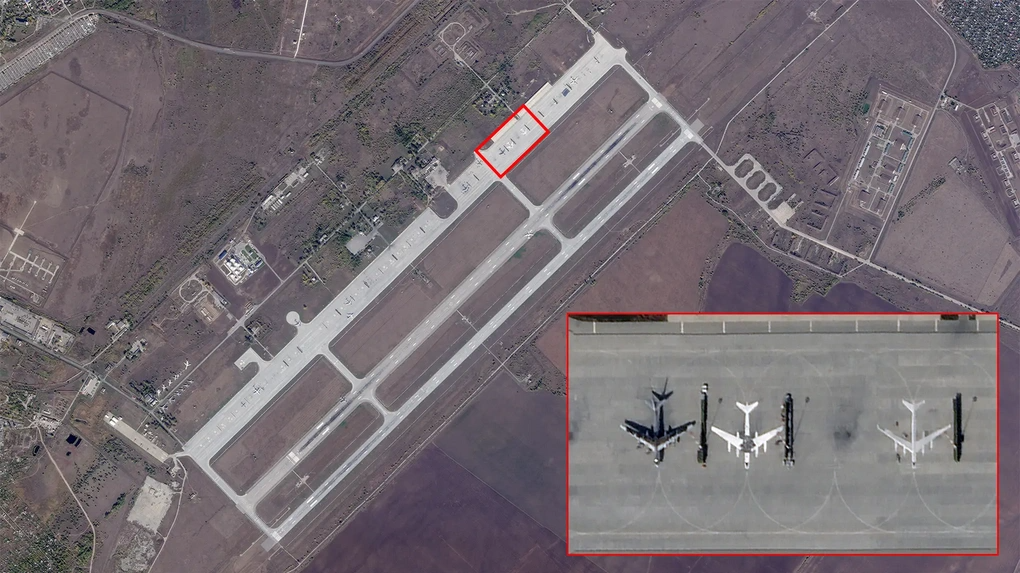
Satellite images show Russia painting the image of a Tu-95MS aircraft on the ground at Engels Air Base. (Photo: Planet Labs).
By painting mock-ups of fighter jets, Russia is also trying to hide the actual number of aircraft at a base, as well as when they are present or their operational patterns. Brady Africk, an analyst at the American Enterprise Institute, said Moscow wants to make it difficult for Ukraine to determine which bases are active.
“I think this is a response to the growing threat of Ukrainian attacks on Russian airfields. This is a relatively low-cost way to try to prevent or make it more difficult to attack Russian aircraft,” said Africk.
Aircraft painted on the ground could fool satellites and disrupt Ukrainian offensive operations by providing false data. However, War Zone points out that this is ineffective because high-resolution commercial satellite imagery can clearly distinguish between a 2D image and a real aircraft.
By combining multiple intelligence sources, such as commercially available synthetic aperture radar (SAR) satellite imagery, Ukrainian forces can detect targets that are not three-dimensional objects. However, this tactic can still be effective with low-resolution satellite imagery.
Decoys can be problematic for drone operators when conducting localized attacks, as localized attacks often take place at night and in low visibility conditions to avoid detection.
The use of paints that have infrared reflecting or absorbing properties can also be used to maximize the effectiveness of this tactic.
Source



![[Photo] General Secretary To Lam attends the 80th Anniversary of the Cultural Sector's Traditional Day](https://vstatic.vietnam.vn/vietnam/resource/IMAGE/2025/8/23/7a88e6b58502490aa153adf8f0eec2b2)





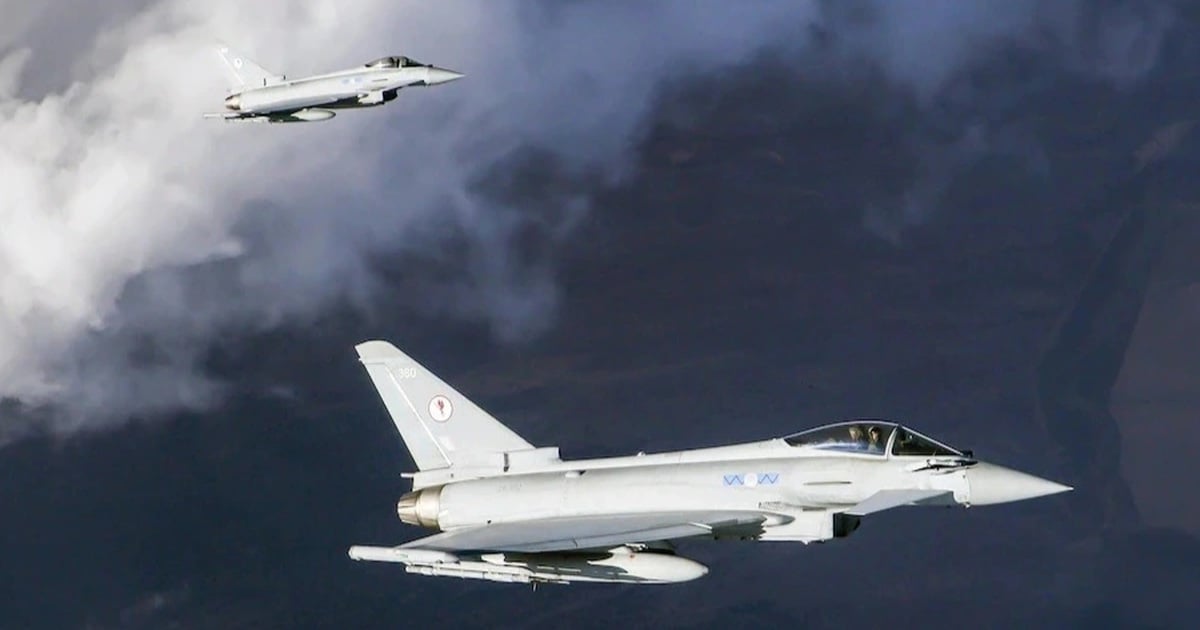


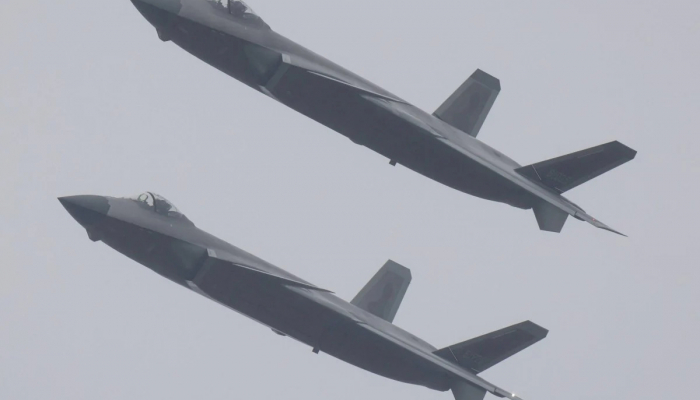

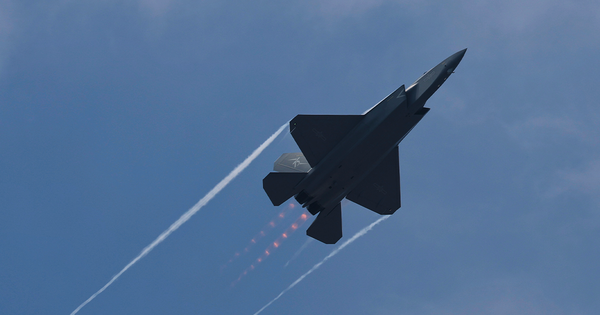

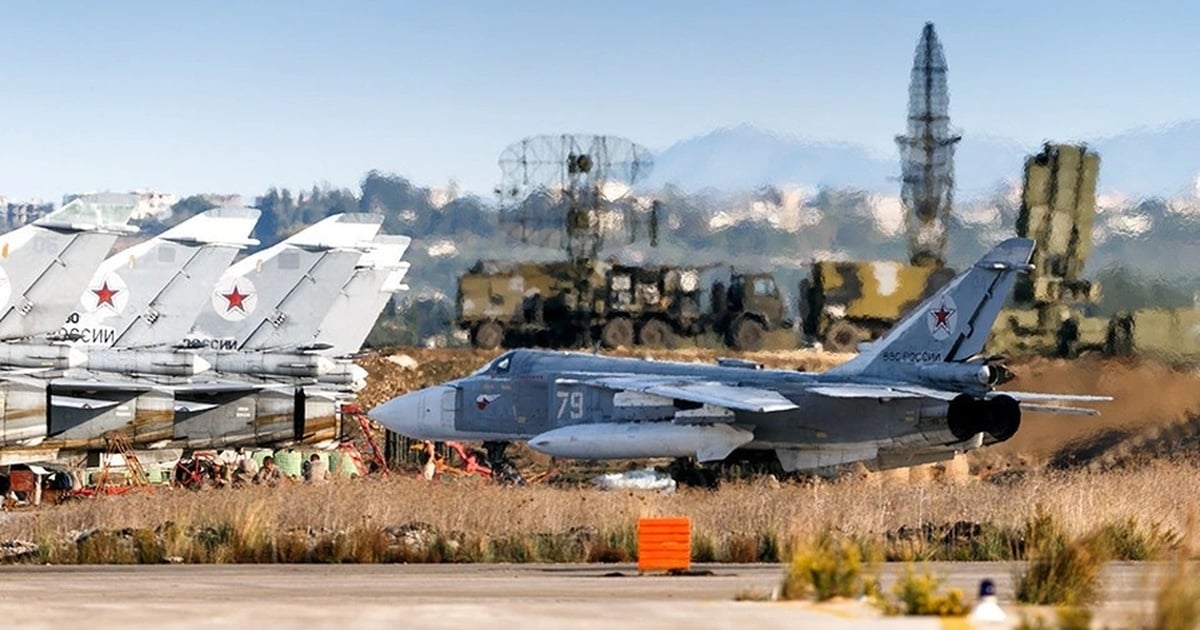
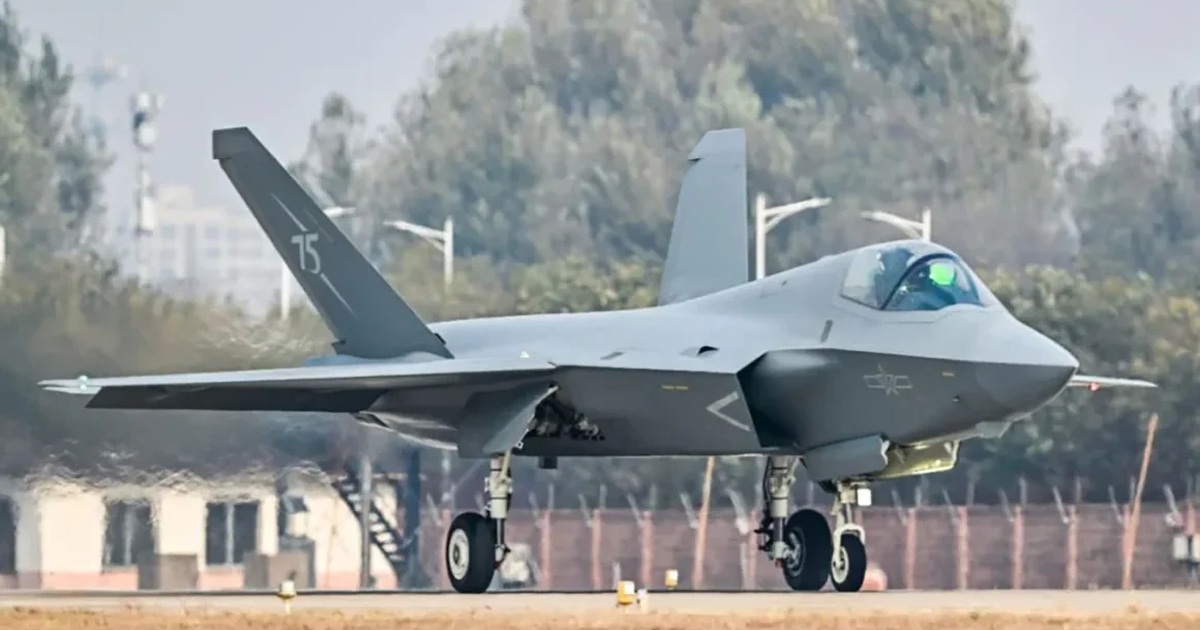


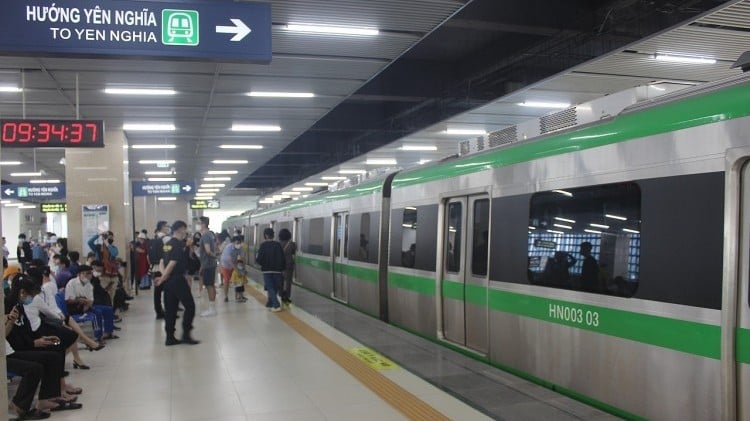


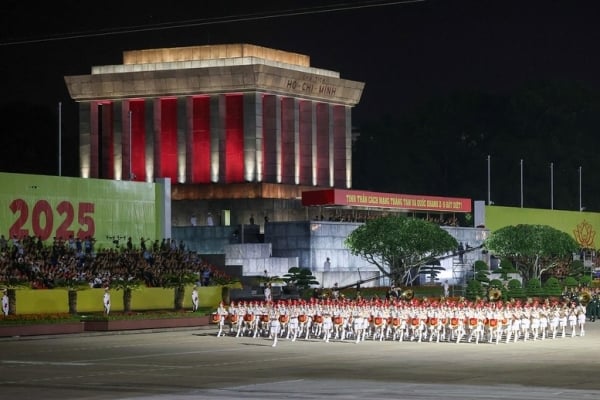
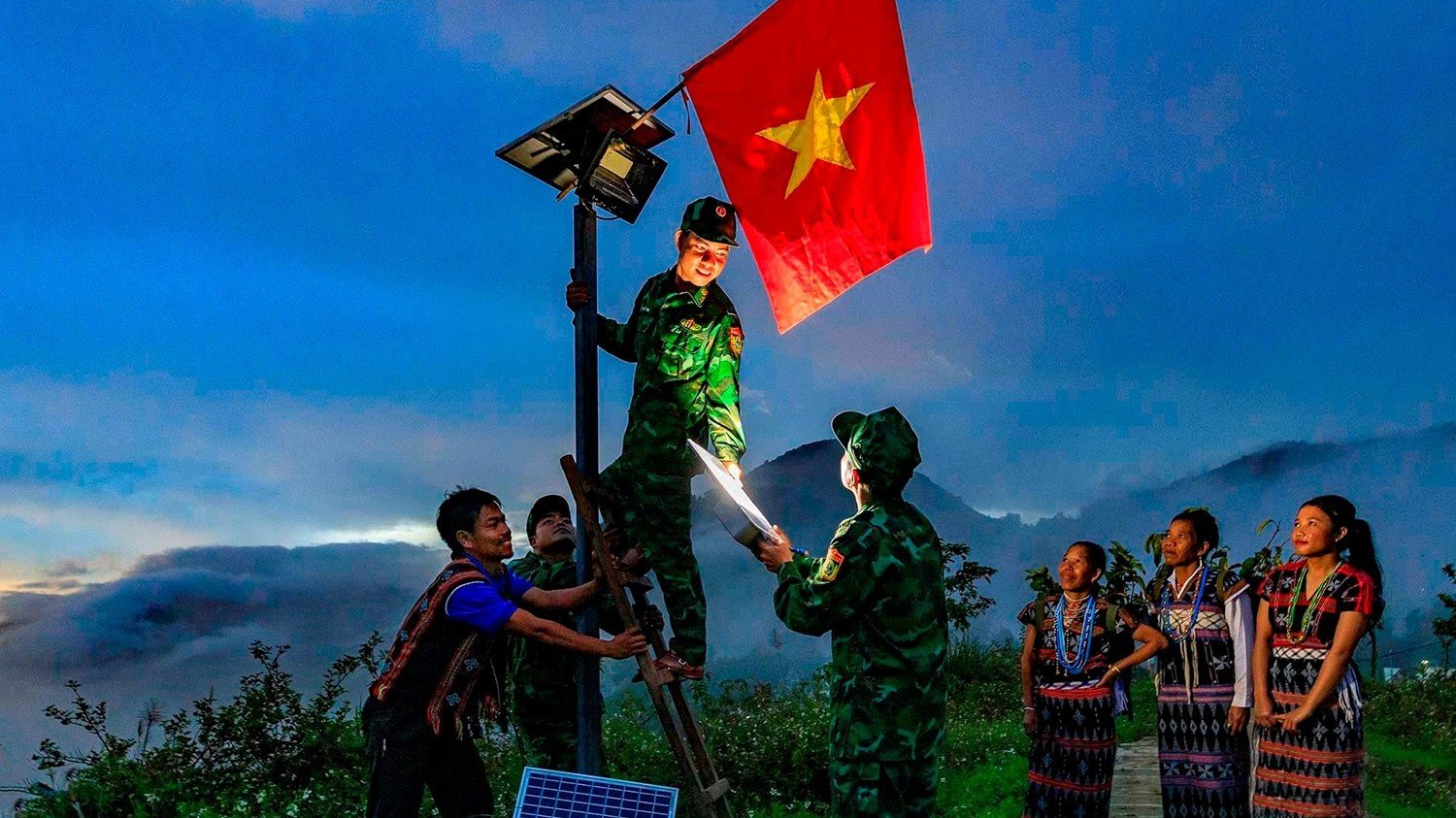






![[Photo] Prime Minister Pham Minh Chinh chairs the meeting of the Government Party Committee Standing Committee](https://vstatic.vietnam.vn/vietnam/resource/IMAGE/2025/8/23/8e94aa3d26424d1ab1528c3e4bbacc45)













































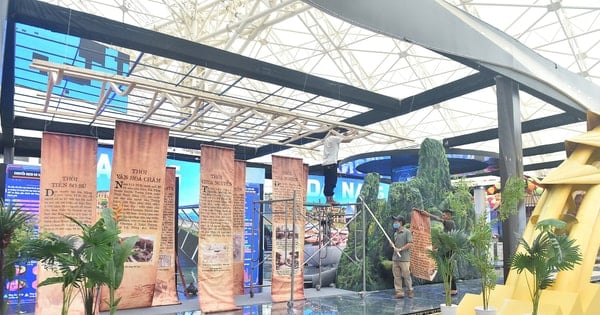
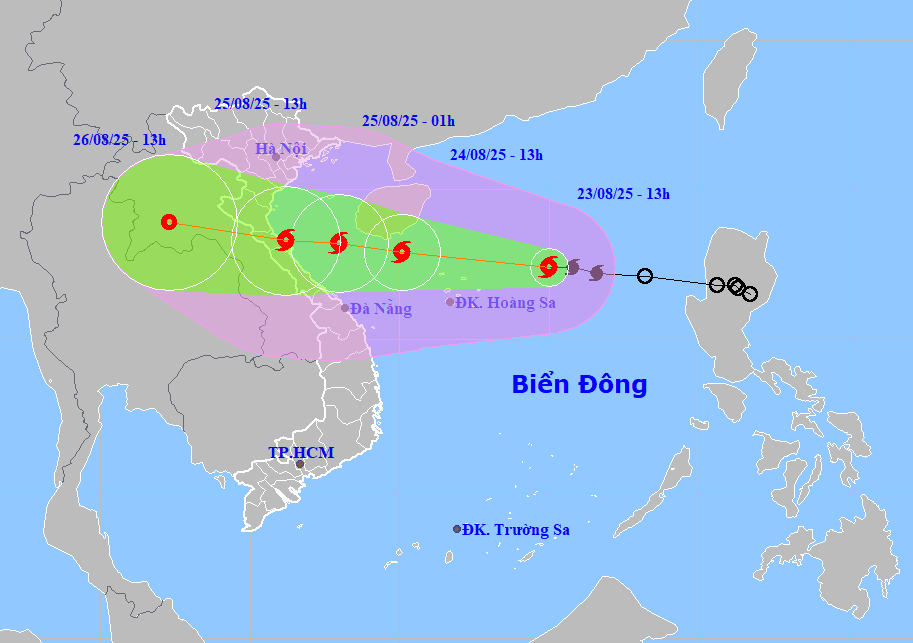




















Comment (0)